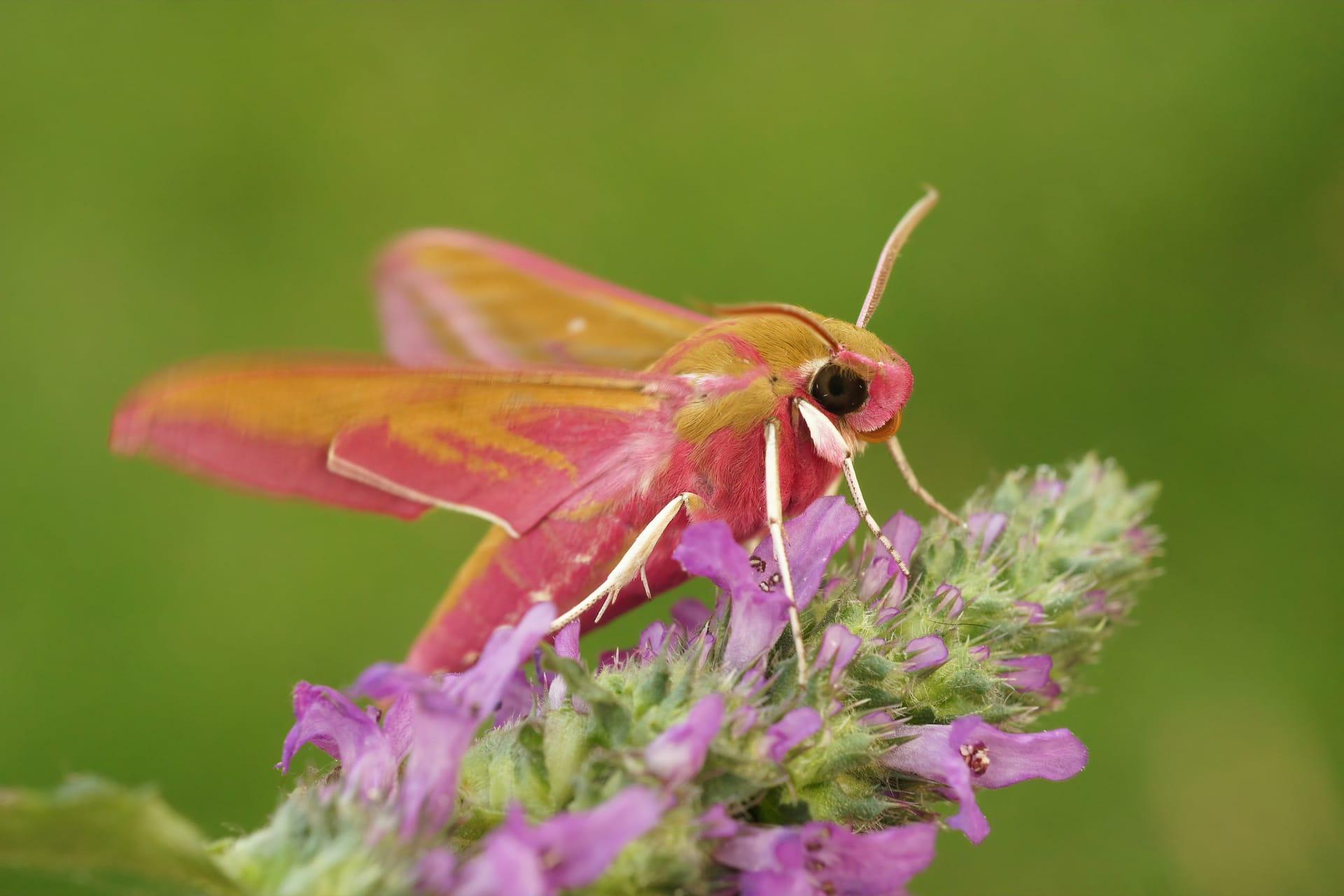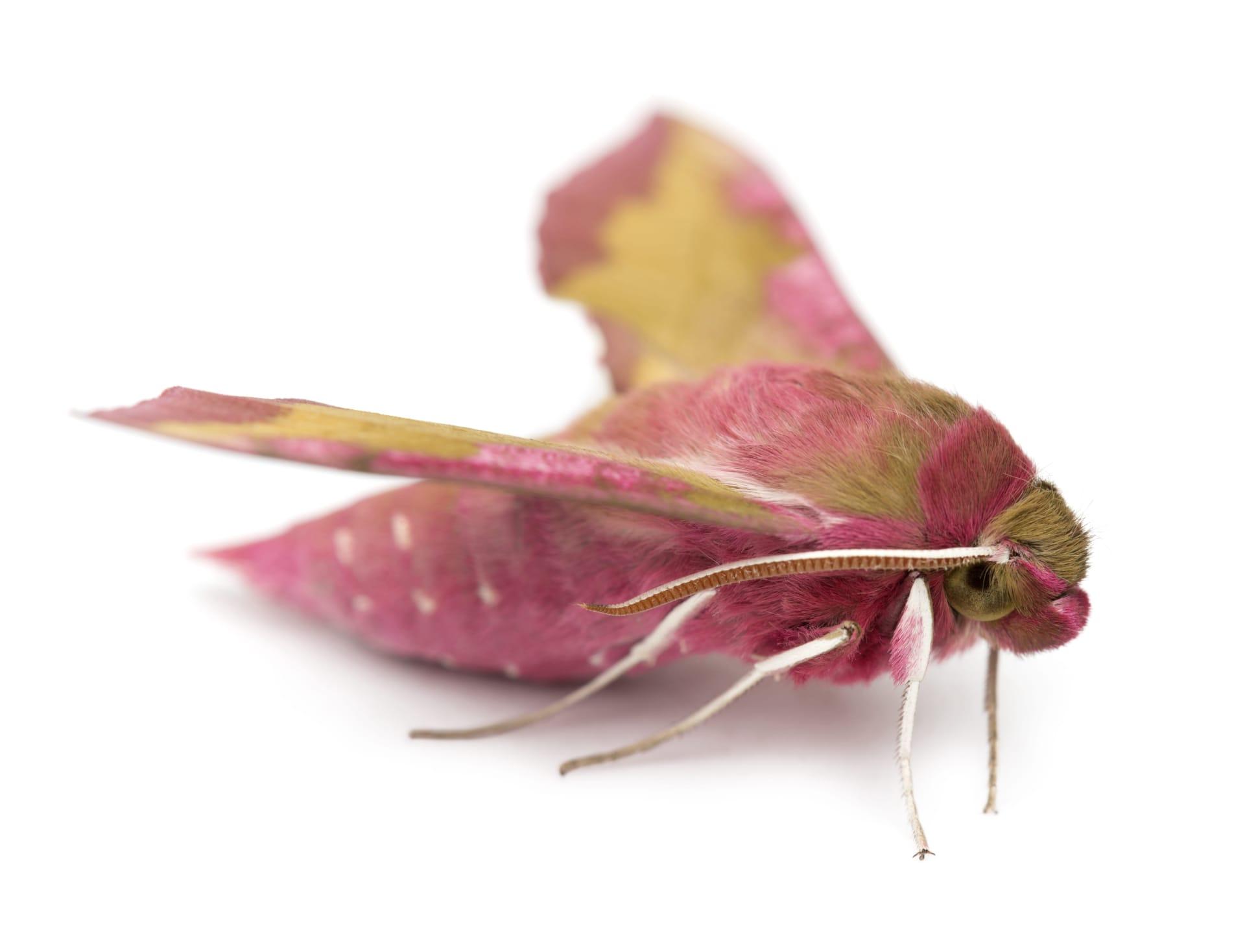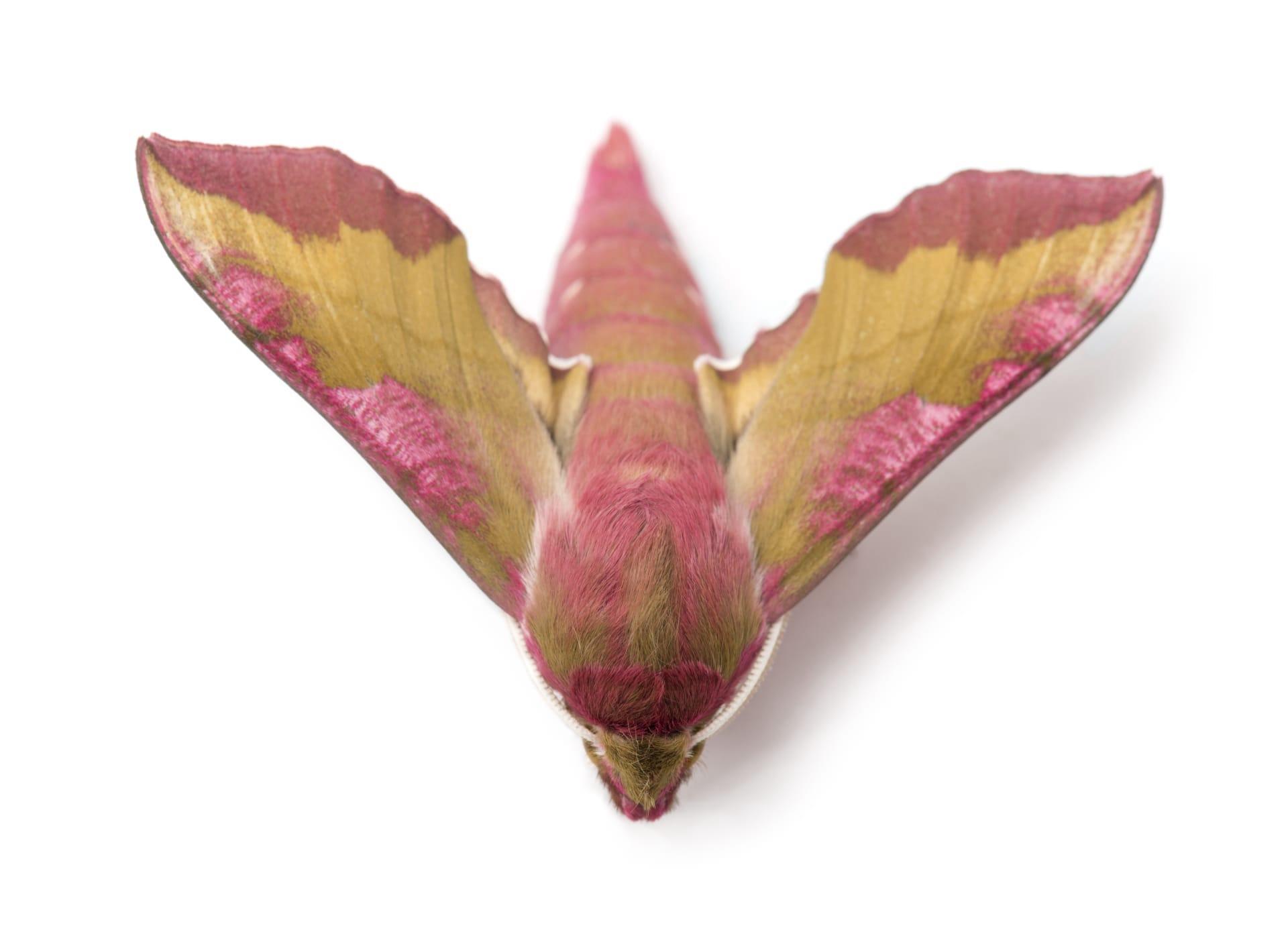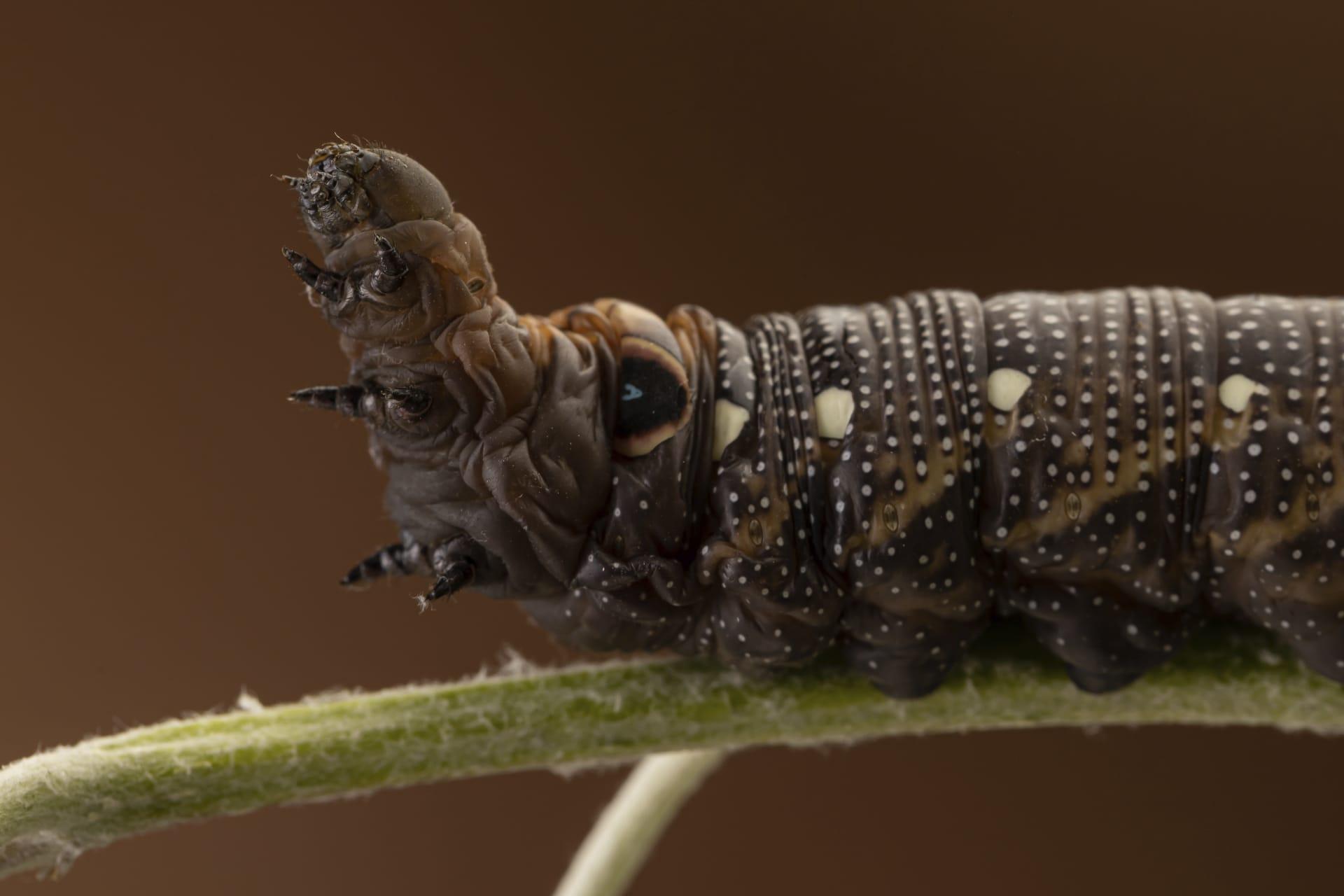Elephant Hawk Moth
- Home /
- Mini Encyclopedia /
- Animal /
- Elephant Hawk Moth
1
The Elephant Hawk Moth, scientifically known as Deilephila elpenor, belongs to the Sphingidae family, a group known for their rapid and skilled flying abilities. This moth is part of the Lepidoptera order, which encompasses all butterflies and moths. Its genus, Deilephila, translates to 'loving the evening', aptly describing the nocturnal habits of this species.
The distribution of Elephant Hawk Moths is extensive, predominantly found across Britain and Ireland. They are also widespread across Europe and extend into Asia, reaching as far as Japan. Their presence is noted in various habitats, including gardens, hedgerows, and woodland edges, indicative of their adaptability to different environmental conditions.

2
Question: Do Elephant Hawk Moths have a role in pollination, or are they just pretty to look at?
Answer: Contrary to common belief, Elephant Hawk Moths play a significant role in pollination. With their long proboscis, they are specially adapted to feed on nectar from deep flowers at night. Their hovering capability, similar to that of a hummingbird, allows them to access various flowers with ease, thereby contributing to the pollination process. This not only benefits the ecosystem but also supports biodiversity.

3
One survival strategy of the Elephant Hawk Moth is its remarkable camouflage. The caterpillar stage of this moth exhibits an astonishing resemblance to a small elephant's trunk, giving it its common name. This mimicry serves as a defense mechanism against predators. Additionally, the caterpillar displays eye-like markings to intimidate potential threats.
Another strategy is the moth's ability to regulate its body temperature. The Elephant Hawk Moth can shiver its muscles to warm up before flight. This thermoregulation is crucial as it enables the moth to fly efficiently even in cooler temperatures, giving it a survival advantage in various climates.

4
In the ecosystem, Elephant Hawk Moths play a dual role as both prey and pollinator. As larvae, they serve as a food source for various bird species. This predation is vital for controlling their population, thereby maintaining a balance in the ecosystem.
As pollinators, they have a critical role in the reproduction of many flowering plants. By transferring pollen from one flower to another, they assist in the propagation of plant species. This not only aids in maintaining floral diversity but also supports the entire food web, indirectly benefiting various animal species.

5
Film: "Wings of Life" (2011) – This visually stunning documentary, produced by the United States, delves into the world of pollinators, including the Elephant Hawk Moth. It showcases the intricate relationship between these insects and the flowers they pollinate, emphasizing the importance of preserving our natural world.
Book: "Moths of Europe: Volume 3, Sphingidae" by Patrice Leraut (2012) – Published in France, this book offers an in-depth look into the Sphingidae family, with a special focus on the Elephant Hawk Moth. It provides detailed descriptions and illustrations, making it a valuable resource for enthusiasts and researchers alike.
Book: "The Secret Life of Moths" by Matt Merritt (2018) – This British publication explores the fascinating world of moths, including the Elephant Hawk Moth. Merritt provides insights into their lifecycle, behavior, and the challenges they face, weaving scientific facts with engaging narratives.